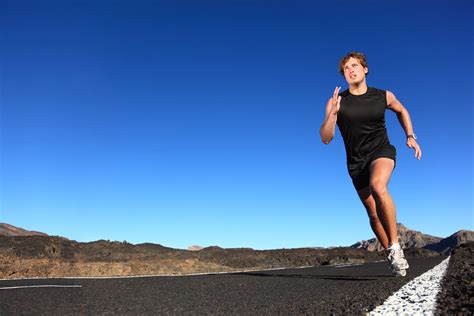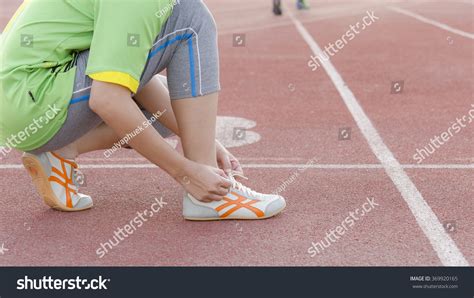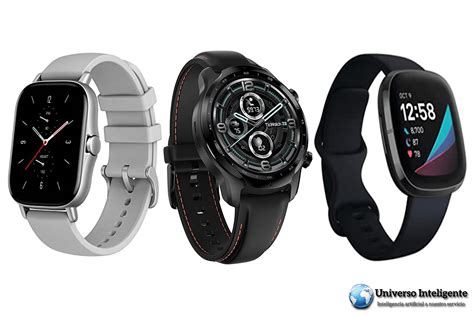Finding the perfect running shoe can feel like a quest, especially when you’re balancing multiple specific needs: alleviating knee pain, managing pronation, and adapting to mixed terrain. It’s a trifecta of challenges that demands a shoe engineered for versatility, support, and comfort. This guide will help you understand the key features to prioritize and what types of shoes can offer the best solution for your unique running profile.
Understanding Your Running Footprint
Before diving into shoe recommendations, it’s essential to grasp how knee pain, pronation, and terrain impact your choice.
Knee Pain & Cushioning
Knee pain during or after running often stems from impact forces, alignment issues, or overuse. While shoes can’t cure underlying medical conditions, adequate cushioning can significantly reduce impact stress on your joints. Look for shoes with generous, responsive midsoles that absorb shock without feeling mushy, providing a protective buffer for your knees.

Pronation & Stability
Pronation is the natural inward rolling motion of your foot after landing. Overpronation (excessive inward roll) can lead to an unstable gait, contributing to issues like shin splints, plantar fasciitis, and—you guessed it—knee pain. Stability or motion control shoes are designed with features like medial posts or guide rails to gently correct overpronation, keeping your foot in a more neutral alignment.
Conversely, underpronation (supination), where the foot rolls too little, is less common but can also benefit from specific cushioning to absorb shock, as the foot lacks its natural shock-absorbing motion.
Mastering Mixed Terrain
Running on mixed terrain—think sidewalks, asphalt, gravel paths, and light trails—requires a shoe that’s a true all-rounder. You need durability and grip for varied surfaces, but also enough cushioning for harder road segments. This means balancing a robust outsole with a comfortable midsole.

Key Features to Prioritize
When searching for your ideal shoe, keep these critical components in mind:
- Cushioning: Opt for shoes with ample, responsive cushioning materials (e.g., EVA, TPU foams) that provide both comfort and energy return, crucial for shock absorption and joint protection.
- Stability/Support: If you overpronate, stability features are non-negotiable. These can range from subtle guide rails to firmer medial posts designed to prevent excessive inward rolling.
- Outsole Grip & Durability: For mixed terrain, look for an outsole with multi-directional lugs that provide traction on dirt and gravel, but aren’t so aggressive that they feel uncomfortable or wear down quickly on pavement. Durable rubber compounds are key.
- Upper Comfort & Security: A well-fitting upper ensures your foot stays secure, preventing unnecessary movement that can lead to blisters or instability.

Top Shoe Categories to Consider
While specific models change frequently, certain categories consistently offer solutions for your needs:
1. Max-Cushion Stability Shoes
These shoes combine robust cushioning with stability features. They are excellent for runners with knee pain who also overpronate, providing a plush ride that protects joints while guiding the foot. Think models that fall into the “cushioned stability” spectrum from major brands.
2. Hybrid Trail/Road Shoes
Designed for versatility, these shoes often feature moderate cushioning, a more aggressive (but not overly so) outsole than pure road shoes, and sometimes a bit more inherent stability due to their wider base. They are a good compromise for truly mixed terrain where you might transition from paved paths to light trails frequently.

3. Moderate Stability with Durable Outsole
For runners who need pronation control and mixed-terrain capability, but perhaps don’t require maximum cushioning, a shoe with moderate stability and a resilient, grippy outsole is ideal. These shoes offer a balance of ground feel and protection.
Finding Your Perfect Pair
The best advice is always to try before you buy. Visit a specialized running store where experts can analyze your gait, recommend suitable options, and let you try them on. Run a few strides in each pair, ideally on a treadmill or even outside, to get a feel for how they perform. Pay attention to:
- Comfort: Does it feel good from the moment you put it on?
- Fit: Is there enough room in the toe box, but secure around the midfoot and heel?
- Feel: Does it offer the right blend of cushioning and stability for your needs?

Conclusion
Addressing knee pain, pronation, and mixed terrain demands a thoughtful approach to running shoe selection. By prioritizing adequate cushioning, effective stability features, and a versatile outsole, you can find a shoe that not only enhances your comfort but also helps prevent injuries and allows you to enjoy every stride, no matter the surface. Remember, the “best” shoe is the one that works best for you.




